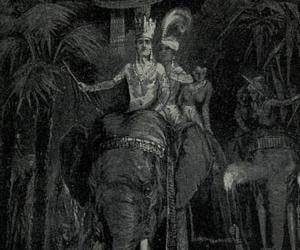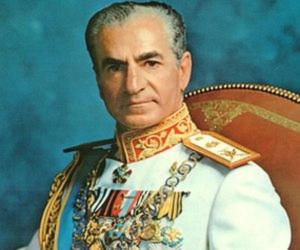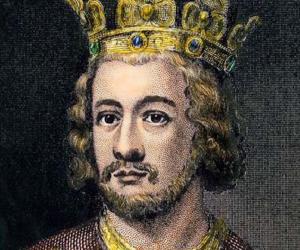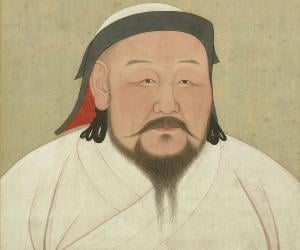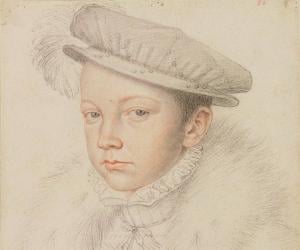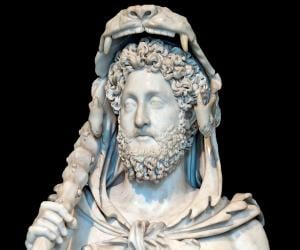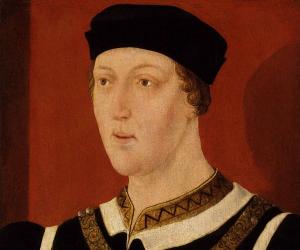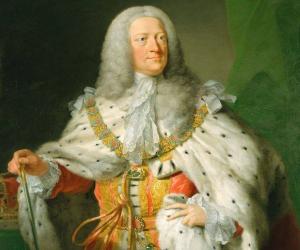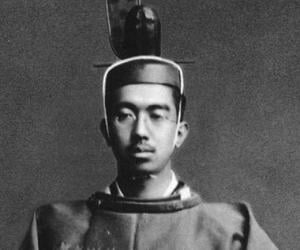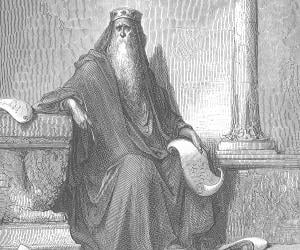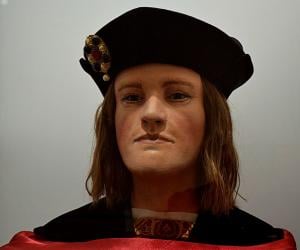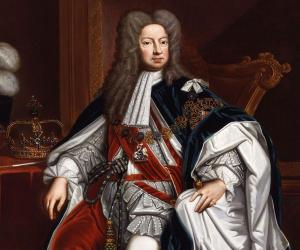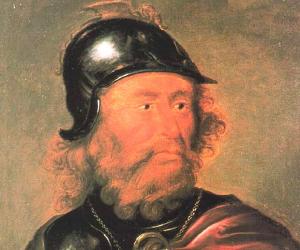Childhood & Early Life
Ajatasatru, also known as Kunika, was born to King Bimbisara, the ruler of Magadha kingdom, and Queen Chelna or Kosala Devi, as mentioned in Jainism and Buddhist records, though both the traditions referred the queen as Vaidehi.
He ascended the throne in 492 BC after his father’s death, who is believed to have committed suicide as per the Jain tradition while the Buddhist tradition states that Ajatasatru murdered him to take over the Magadha Empire.
Accession & Reign
Soon after he assumed power as the king of Magadha, he followed a policy of conquests to expand his empire, moving towards the north and the west, since his father had previously captured Anga in the east.
A dispute over the possession of Sechanaka elephant and precious jewels between him and his two brothers, Halla and Vihalla, led to the battle of Vaisali, where the two escaped to seek refuge from their maternal grandfather, Chetaka.
Upon denial to surrender the two brothers, he sought help from his half brothers, 10 Kalkumaras, to invade the impregnable Vaisali, while Chetaka was supported by his allies – 9 Mallas, 9 Lichhvis and 18 kings of Kasi-Kosala.
Being a devoted follower of Lord Mahavira, Chetaka vowed not to shoot more than one arrow a day in a war, due to which he killed one Kalkumara per day.
Sighting his defeat, he offered prayers to different Indras for help, who granted him ‘Mahasilakantaka’, a device that ejected large stones, and ‘Ratha-musala’, a divine chariot with swinging blades on both sides.
With the two war devices, he succeeded in routing Chetaka, who immediately took shelter within the walls of Vaisali, which were difficult to break. However, he defeated him and conquered Vaisali through a trick.
As per the Buddhist tradition, he sent his minister, Vassakara, to Vaisali to arouse jealousy among the Lichchhavis and break their unity. Thereafter, he attacked the territory and conquered it after 16 years of war.
Both Jainism and Buddhism claim him to be a follower of their respective faiths, though evidences indicate his meeting with Mahavira on several occasions, while he had met Buddha just once.
Deducing the facts and evidences of various scholars, there is no proof of him accepting Buddhism; rather he was an ardent follower of Mahavira.
Upon Buddha’s death, he sought a share of his relics and constructed a large stupa on it, apart from renovating 18 Buddhist monasteries and supporting the erection of more stupas across his capital.
Major Battles
To end the dispute over the town of Kasi, he declared war against the Kosala king, Presenajit, and defeated him. Apart from Kasi being added to the Magadha kingdom, he also married the king’s daughter, Vajira.
He defeated his maternal grandfather, Chetaka, at the battle of Vaisali, using two special devices granted by the Indras, following which he successfully conquered Vaisali.
Achievements
He conquered 36 kingdoms and republican states to build a powerful Magadha Empire, which included present-day Haryana, Delhi, Uttar Pradesh, Himachal Pradesh, Bihar, West Bengal, Chhattisgarh, Jharkhand, and Madhya Pradesh.
He constructed a new fort on the banks of River Ganges to strengthen Magadha’s security, known as Patali grama, which later developed as Pataliputra (modern-day Patna).
Soon after Buddha died, Ajatsatru organized the First Buddhist Council in Rajgir which was held in a conference hall built by him outside the Sattaparnaguha Cave or Sattapani caves, which placed him in high records in the history of Buddhism.
Personal Life & Legacy
The Jain records state that he had 8 wives, the foremost among them being Padmavati, Dharini and Subhadra, while the Buddhist traditions indicate that he had 500 wives, the chief being Princess Vajira.
Both the Buddhists and Jain traditions say that he had a son, Udayabhadda or Udayabhadra.
He was assassinated by his son in 461 BC, to take over the kingdom, thereby ending Ajatasatru’s 32 year reign.
Facts About Ajatasatru
Ajatasatru, despite being known for his military conquests, was also a patron of the arts and literature, supporting poets and scholars in his kingdom.
He was known for his interest in spirituality and is said to have sought guidance from various religious teachers and philosophers during his reign.
Ajatasatru was a skilled diplomat and negotiator, often using strategic alliances and treaties to expand his kingdom’s influence.
He is credited with initiating several infrastructure projects in his kingdom, including the construction of new roads and irrigation systems to improve the lives of his subjects.
Ajatasatru was known for his love of animals and was said to have kept a menagerie of exotic creatures in his palace, showcasing his appreciation for the natural world.


